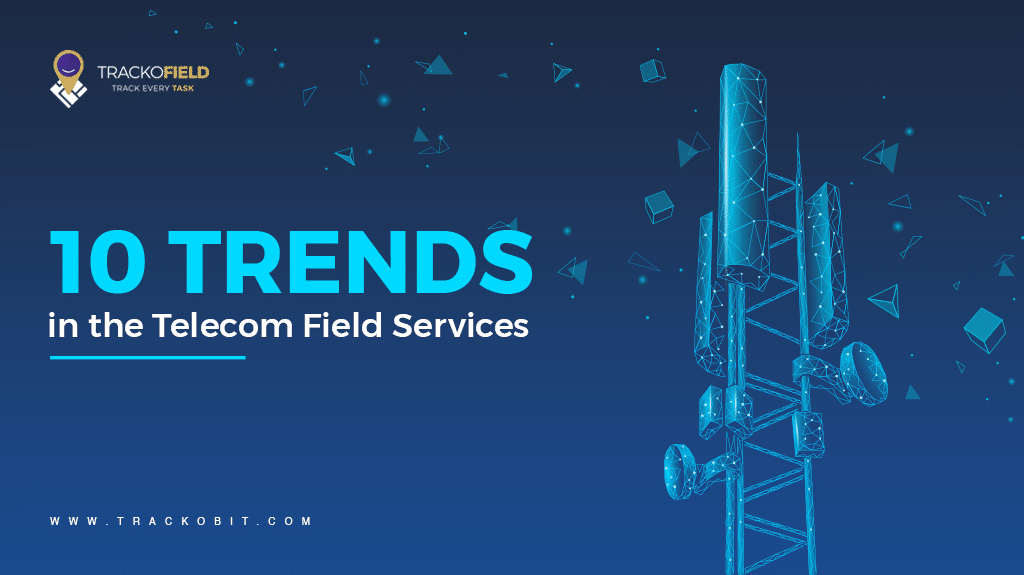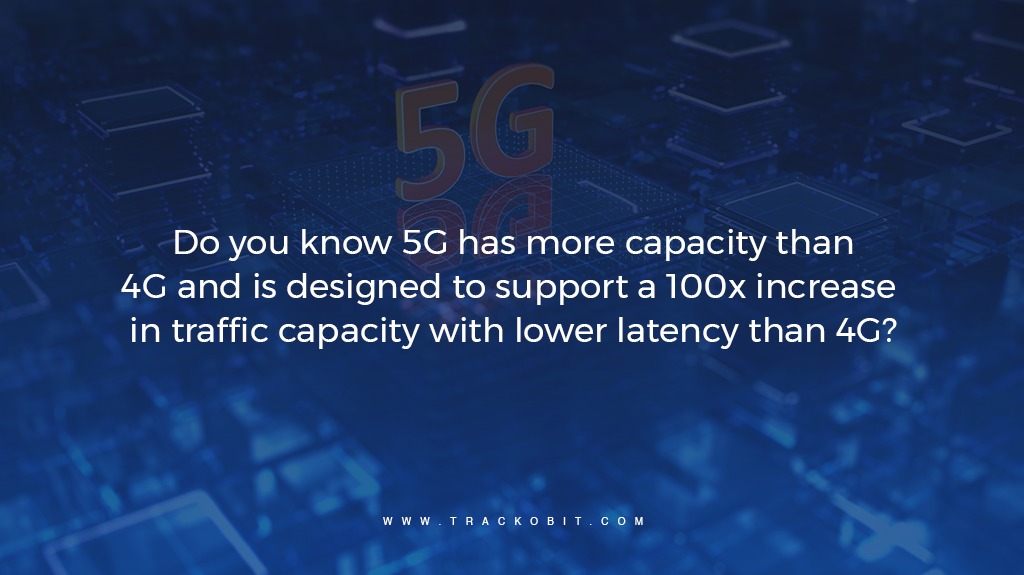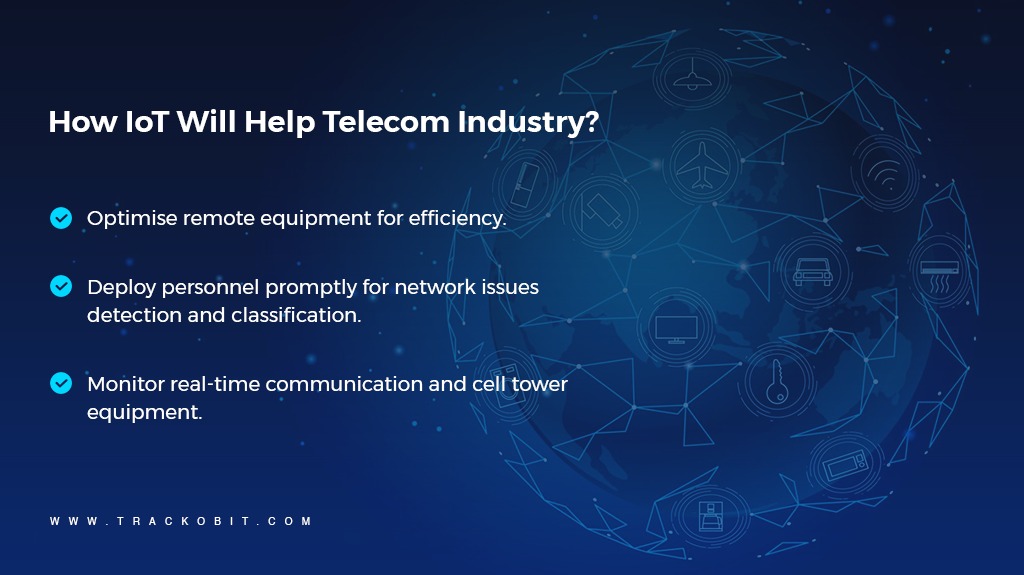-
TrackoBit
Manage commercial vehicles with the new-age Fleet Management Software
TrackoBit -
TrackoField
Streamline your scattered workforce with Field Force Management Software
TrackoField -
Features Resources
-
Blog
Carefully curated articles to update you on industrial trends. -
White Paper
Insightful papers and analysis on essential subject matters. -
Glossary
Explore an alphabetical list of relevant industry terms. -
What’s New
Get TrackoBit & TrackoField monthly updates here. -
Case Study
Explore the cases we solved with our diverse solutions. -
Comparisons
Compare platforms, features, and pricing to find your best fit.
-
About Us
Get to know TrackoBit: our team, ethos, values, and vision. -
Careers
Join the most dynamic cult of coders, creatives and changemakers. -
Tech Support
Learn about our technical support team and services in detail. -
Events
Check out the exhibitions where we left our marks and conquered. -
Contact Us
Connect with us and let us know how we can be of service.
10 Trends in the Telecom Field Service Industry – What’s New?
- Author:Nandita Gupta
- Read Time:5 min
- Published:
- Last Update: September 29, 2025
Table of Contents
Toggle
Explore which upcoming trends in the telecom field service industry will help address customers’ grievances and improve security for telecommunications.
Table of Contents
Toggle
Telecom field services is driven by hyper-competition. It needs great adaptation towards disruptive technologies to:
- Improve how telecommunication companies operate their networks
- Deliver service to their customers
- And communicate with each other
Several technology trends, including 5G deployment, Artificial Intelligence, Machine Learning, the IoT, and Edge Computing, lead to field service automation.
In the year ahead, we believe that telcos will be much more focused on delivering advanced connectivity to win customers’ trust while reinforcing great competitiveness. We have figured out 10 telecommunications trends shaping telecom industry growth and business strategy. Let’s review them slowly but surely…
Top Trends in the Telecom Field Services Industry
1. 5G Deployment and Network Optimization
Introduction of 5G networks is the most significant trend in the telecom field services industry. Unlike 4G technology, this one promises to deliver ultra-fast speed, lower latency, and more enhanced device connectivity.
“The 5G subscriptions worldwide will reach 4.8 billion by 2026.”
5G is considerably faster than the 4G network. It can inarguably deliver up to 20 Gigabits/second and 100+ Megabits/second. To bring this to wide adoption, field service providers will have a major role, as they will be deploying and optimizing 5G infrastructure. Which would involve:
- Installing small cells.
- Optimising network performance.
- Ensuring seamless 5G coverage.

Do you know 5G has more capacity than 4G and is designed to support a 100x increase in traffic capacity with lower latency than 4G?
2. Remote Monitoring and Management
Telecom industry is saying yes to remote monitoring and managing of network equipment. It’s helping technicians address and troubleshoot issues — without physically visiting the site. This, as a result, will help reduce operational costs and minimise service downtime. This trend came into light ever since the COVID-19 pandemic made remote jobs a necessity. It introduced a new wave of field service automation.
3. Workforce Augmentation
With heavy demand for field service technicians, many organizations are rooting for external workforce providers, including contractual workers or freelancers, to augment their workforce. This trend is helping the telecommunication field service meet heavy service demands with much ease and flexibility. Having such an augmented workforce won’t create a hole in the pocket of telecom service providers. They can simply scale up or scale down – as the need be.
Another benefit of having a liquid workforce is that organisations are able to tap into a more qualified experts in the market. They will get the most from the investment and will be able to achieve efficient telecom field service management.
4. Edge Computing
Edge computing is becoming a key trend in the telecom field services. With the widespread adoption of IoT devices and the heavy need to process tons of real-time data, edge computing is the best sought-after choice.
It is helping telcos process data closer to the source, which further assists in:
- Reduce latency.
- Improve overall network performance.
Field service technicians are doing the good deed of deploying and maintaining edge computing infrastructure at wide geographies.
5. Internet of Things (IoT) Integration

How IoT Will Help Telecom Industry?
- Optimise remote equipment for efficiency.
- Deploy personnel promptly for network issues detection and classification.
- Monitor real-time communication and cell tower equipment.
The Internet of Things (IoT) in Telecom is expanding as rapidly as we could imagine. We are about to touch 29.42 billion IoT devices by 2030. Telecom field service providers are adding more IoT devices and sensors with field service management software to simplify their field operations.
Many telcos are using IoT for effective asset management software and remote system monitoring. Additionally, to get help with easy installation, maintenance, and troubleshooting. The pioneering telecom leaders are relying on IoT sensors and devices to:
- Connect diverse physical assets to the cloud.
- Remotely manage their operations.
- Investigate malfunctions.
- Run firmware upgrades.
- keep track of inventory.
- Ensure secure & reliable connectivity of telecom devices.
6. Automation and Artificial Intelligence
Automation and artificial intelligence (AI) are transforming field service operations. AI-driven predictive maintenance and remote diagnostics are reducing downtime and improving the overall efficiency of telecom networks. Field technicians are now equipped with AI-powered tools that help them troubleshoot and resolve issues more quickly, improving service quality.
7. AR and VR – For Workforce Skilling
Virtual reality and augmented reality (AR) for field services is another interesting trend in the telecom industry. Telcos are using it to:
- Train field staff
- Provide remote assistance
- End-to-end look into field service operations
Technicians in the future will be seen using AR glasses or mobile apps to get quick access to real-time information. Also, to deploy technical data onto physical equipment and get remote expertise from superiors – whenever they are stuck.
This trend will help shoot two problems with one arrow:
- Will help enhance the skills of field technicians.
- Improve the speed and accuracy of issue resolution.
8. Sustainable Field Operations
Sustainability is a concerning topic across industries, be it healthcare or FMCG field service sector. With the government’s aim to decarbonise the transportation sector by 2030, telecom field service providers will be seen following sustainable transportation methods and protocols.
We will see field service staff using more and more electric or hybrid vehicles for on-site visits. Moreover, they will be seen using route optimisation solutions to find the most efficient route and reduce fuel spend.
9. Security and Privacy
Security and privacy have always been paramount for telecom field service and will continue to be — as long they are handling massive amounts of data.
Field service providers will be increasingly seen investing in cybersecurity measures & protocols to protect both their networks and customer data.
For example, “Bahrain’s Batelco” – the kingdom’s national telco – cracked a deal with e-Boks to ensure a safe digital postbox solution.
Many leading telecom field service providers are providing better compliance with data protection regulations and adherence to industry security standards.
10. Network Slicing
Network slicing is a key component of 5G technology. It allows the creation of multiple virtual networks over a single physical telecom infrastructure. Telecom field service providers will have a key role in helping maintain network slicing to meet requirements specific to diverse industries and use cases. This level of customisation will help enhance the flexibility and efficiency of 5G networks.
Conclusion
The telecom field services industry and technological advancements are walking in parallel. Right from 5G deployment to integration of IoT devices to adoption of next-level AI — these are some trends that are here to stay.
Field service providers are at the forefront and are responsible for safely deploying, managing, and optimizing these telecommunications trends. As we move forward in 2025 and the years to come, it is evident that innovation and adaptability will help drive the success of this sector.
Whether you are an established or emerging telco brand with endless field staff, you need TrackoField’s telecom field service software to streamline field employee tracking and management!
Nandita is the Team Lead for Content Marketing at TrackoBit, bringing over a decade of experience in B2B, B2C, and IoT sectors. She has a proven track record of helping Read More
Related Blogs
-

Unified Field Workforce Dashboard: Monitor Tasks, Attendance & More In One Place
Mudit Chhikara December 15, 2025Bring full clarity to field operations with a single, real-time field workforce dashboard.
-

Loan Disbursement in NBFCs: From 15 Days to 3 Minutes – Learn How
Shemanti Ghosh December 11, 2025TrackoField’s AI-enabled field force automation software speeds up loan disbursals in NBFC with field agent task monitoring and facial attendance…
-

AI Facial Recognition Attendance: A Game-Changer for Fraud-Free Field Operations
Mudit Chhikara December 9, 2025Ensure transparent attendance and eliminate fraud before it even starts with AI facial recognition and geofencing.
-

Boost Agri-Input Sales Efficiency with TrackoField’s Sales Order Management Module
Shemanti Ghosh December 3, 2025Grow Agri-input sales and expand farmer database with TrackoField’s Sales Order Management module.

Subscribe for weekly strategies to boost field team productivity.
Your inbox awaits a welcome email. Stay tuned for the latest blog updates & expert insights.
"While you're here, dive into some more reads or grab quick bites from our social platforms!"Stay Updated on tech, telematics and mobility. Don't miss out on the latest in the industry.
We use cookies to enhance and personalize your browsing experience. By continuing to use our website, you agree to our Privacy Policy.

































